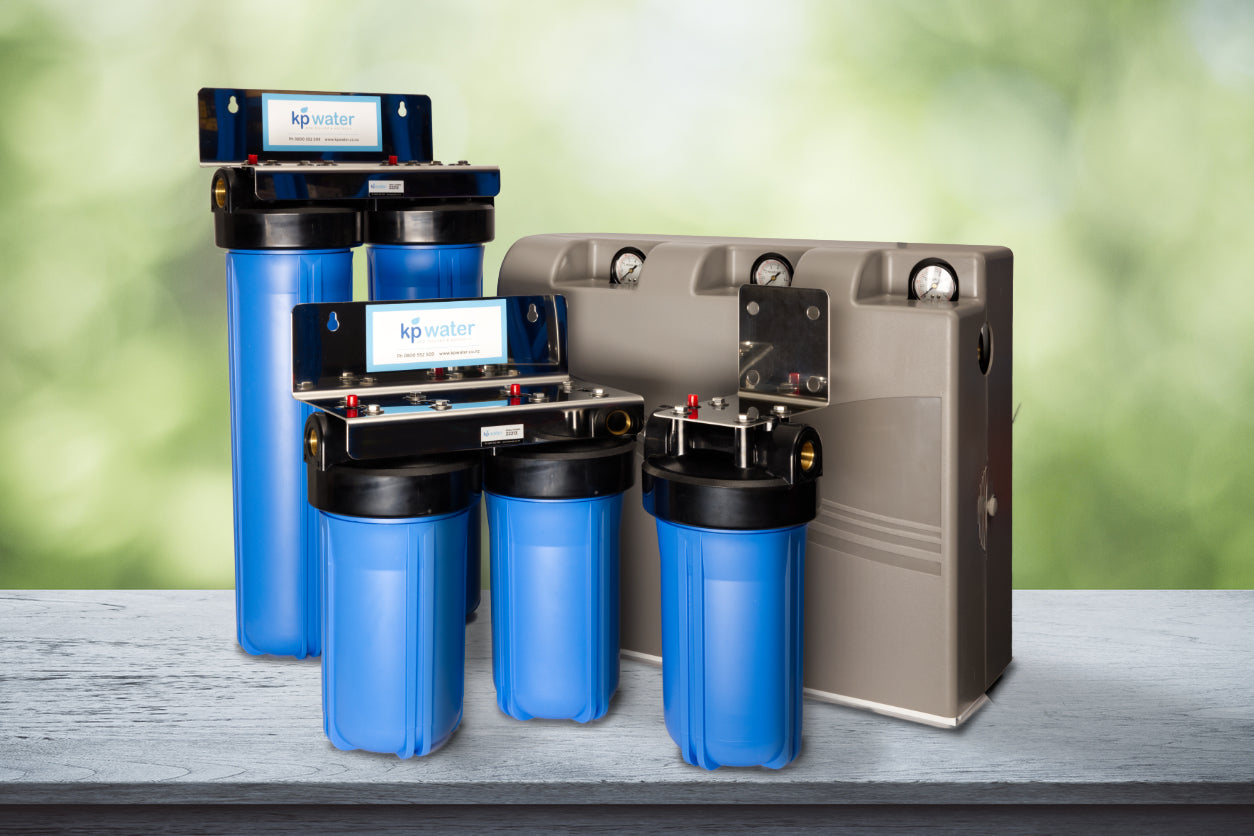Your Guide to Choosing an Under-Sink Water Filter
Selecting the right under-sink water filter for your home is crucial to ensure that you and your family have access to clean, safe, and great-tasting water. With the multitude of options available on the market, it can be overwhelming to find the perfect fit. In this in-depth guide, we will help you understand the factors you need to consider when selecting an under-sink water filter, ensuring that you make an informed decision for your home.
1. Improved water quality: They effectively remove contaminants, such as chlorine, heavy metals, and pesticides, ensuring that your water is safer and healthier for consumption.
2. Space-saving design: As the name suggests, under-sink water filters are installed beneath your kitchen sink, saving valuable counter space.
3. Simple installation and maintenance: Most models are easy to install and require minimal maintenance, making them a convenient option for busy households.
There are several types of under-sink water filters, including:
1. Activated carbon filters: These filters utilise activated carbon to remove contaminants, such as chlorine and volatile organic compounds (VOCs). They are cost-effective and improve the taste and odour of the water.
2. Reverse osmosis filters: These filters use a semi-permeable membrane to remove a wide range of contaminants, including heavy metals, fluoride, and microorganisms. However, they also remove essential minerals and produce wastewater during the filtration process.
3. Ceramic filters: These water filters use a porous ceramic material to remove sediment, bacteria, and protozoa, providing excellent filtration for microbiologically unsafe water sources.
Filter Capacity and Replacement Frequency
Different under-sink water filters have varying capacities and replacement frequencies. Ensure that you choose a model with a capacity that suits your household's water usage and a replacement frequency that aligns with your maintenance preferences.
Contaminant Removal
Evaluate the specific contaminants present in your water supply and choose a water filter that effectively removes these impurities. You may need to conduct a water test or consult your local water quality report to determine the contaminants in your water.
Installation Requirements
Ensure that you have adequate space beneath your sink for the chosen water filter system, and check if you have the necessary plumbing and electrical connections, if required.
Budget Considerations
Under-sink water filters come in a wide range of prices, so choose a model that fits your budget without compromising on quality and performance.
2. Evaluate filter capacity and replacement frequency: Choose a model that aligns with your household's water usage and maintenance preferences.
3. Consider the installation requirements: Ensure that you have adequate space and the necessary connections for your chosen filter system.
4. Factor in your budget: Select a high-quality under-sink water filter that fits your budget and offers reliable performance.
By taking the time to understand your water quality needs and considering the factors mentioned above, you can select the perfect under-sink water filter for your home, ensuring clean, safe, and great-tasting water for you and your family.
Why Choose an Under-Sink Water Filter?
Under-sink water filters offer numerous benefits, including:1. Improved water quality: They effectively remove contaminants, such as chlorine, heavy metals, and pesticides, ensuring that your water is safer and healthier for consumption.
2. Space-saving design: As the name suggests, under-sink water filters are installed beneath your kitchen sink, saving valuable counter space.
3. Simple installation and maintenance: Most models are easy to install and require minimal maintenance, making them a convenient option for busy households.
Key Factors to Consider When Selecting an Under-Sink Water Filter
Type of Filtration SystemThere are several types of under-sink water filters, including:
1. Activated carbon filters: These filters utilise activated carbon to remove contaminants, such as chlorine and volatile organic compounds (VOCs). They are cost-effective and improve the taste and odour of the water.
2. Reverse osmosis filters: These filters use a semi-permeable membrane to remove a wide range of contaminants, including heavy metals, fluoride, and microorganisms. However, they also remove essential minerals and produce wastewater during the filtration process.
3. Ceramic filters: These water filters use a porous ceramic material to remove sediment, bacteria, and protozoa, providing excellent filtration for microbiologically unsafe water sources.
Filter Capacity and Replacement Frequency
Different under-sink water filters have varying capacities and replacement frequencies. Ensure that you choose a model with a capacity that suits your household's water usage and a replacement frequency that aligns with your maintenance preferences.
Contaminant Removal
Evaluate the specific contaminants present in your water supply and choose a water filter that effectively removes these impurities. You may need to conduct a water test or consult your local water quality report to determine the contaminants in your water.
Installation Requirements
Ensure that you have adequate space beneath your sink for the chosen water filter system, and check if you have the necessary plumbing and electrical connections, if required.
Budget Considerations
Under-sink water filters come in a wide range of prices, so choose a model that fits your budget without compromising on quality and performance.
Making the Right Choice: Selecting the Ideal Under-Sink Water Filter
1. Identify your water quality needs: Understand the specific contaminants present in your water supply and select a filter that effectively targets these impurities.2. Evaluate filter capacity and replacement frequency: Choose a model that aligns with your household's water usage and maintenance preferences.
3. Consider the installation requirements: Ensure that you have adequate space and the necessary connections for your chosen filter system.
4. Factor in your budget: Select a high-quality under-sink water filter that fits your budget and offers reliable performance.
By taking the time to understand your water quality needs and considering the factors mentioned above, you can select the perfect under-sink water filter for your home, ensuring clean, safe, and great-tasting water for you and your family.






